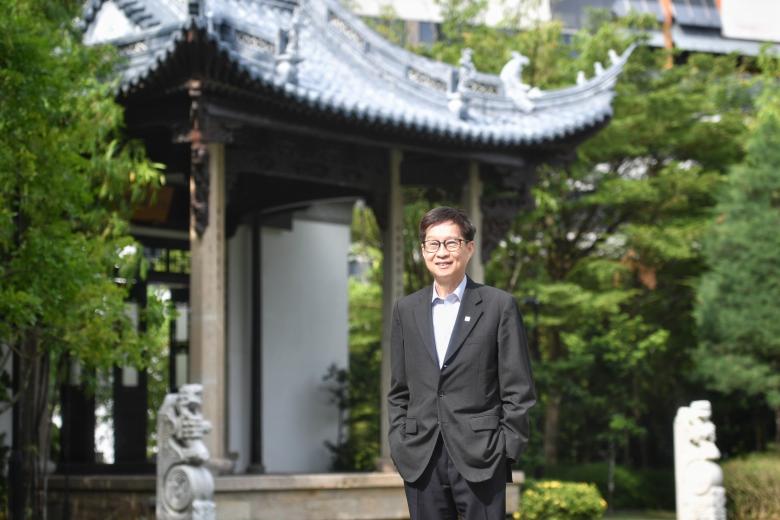SINGAPORE – It could be as simple as laying out stone slabs on the ground to direct people across a garden, or a staircase painted like piano keys to encourage exercise.
The Japanese term for this is shikake, meaning “device”, but is properly understood as using design to influence human behaviour through nudging rather than commanding.
Borrowing the term, Singapore University of Technology and Design (SUTD) president Chong Tow Chong told The Straits Times: “It is a little thing that triggers certain behavioural changes.”
Shikake is central to the university’s plans to create sustainable human-centred practices, he added. In other words, products or systems have to be designed intelligently so that people will be prompted almost naturally to adopt certain habits.
SUTD launched a wide-ranging sustainability plan in December last year, with the aim of combining its strengths in technology and design to come up with real-world solutions and services.
In its first phase, it will provide $10 million over the next three to five years to research and education in sustainability.
In an interview with ST, Professor Chong explains why design must play a key role in efforts to go green.
Q. What is design as defined by SUTD and how is it related to sustainability?
A: Our degree programmes are totally different from the traditional ones. For example, we have three engineering degrees that are not electrical or mechanical (engineering degrees) – engineering product development; engineering systems and design; and information systems technology and design.
Then we have another degree, called architecture and sustainable design.
Design always means different things to different people. But we cannot talk about design in a vacuum, we must have something to focus on. Our overarching focus is sustainability, which is a broad topic. Every industry sector talks about sustainability.
In 2018, about four years ago, we started looking at what the definition of design for SUTD should be. We eventually said that design, powered by technology, is the informed, intentional, intelligent and imaginative force that will drive innovations to improve lives, grow economies and sustain our world.
Design must be applied in the real world, whether it is designing things with a circular end in mind, ensuring that no component in a product goes to waste, or designing zero-carbon districts in cities, for example.


